How To Plan A Flower Shrub Garden Mn
Adding new flowers and foliage to a plot is exciting. But, learning all about garden borders before putting in a wheelbarrow-full of new plants will pay huge dividends. Every border has different growing conditions, even within the same garden, and some plants will be better suited than others. So, before you set about creating the border of your dreams, there are a few things to bear in mind.
Our expert tips will guide you through picking the best location for your garden borders, the right plants to choose for your growing conditions, and how to keep them looking their best all year round. If you're looking to update your garden design ideas with some gorgeous new beds, you'll find all the advice you'll need to get started below.
Garden borders: a simple guide to help your flowerbeds flourish
Creating beautiful garden borders isn't too tricky once you've got the know-how. These tips are sure to give you a helping hand.
1. Consider your soil type
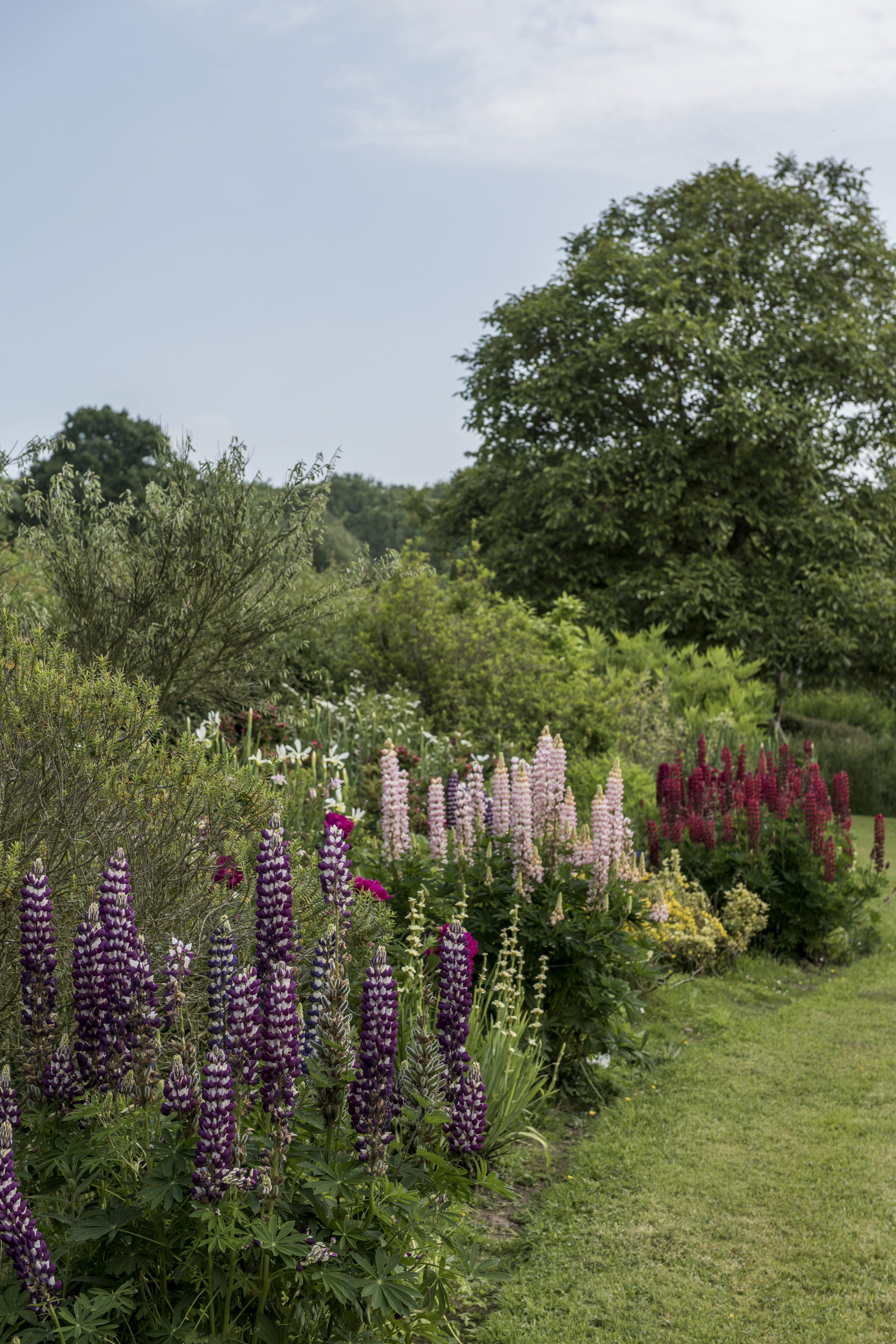
(Image credit: Polly Eltes)
This is the key consideration. Your soil might be clay, sandy or loam, and it could be acid, alkaline or neutral. Each of those possibilities comes with specific characteristics that some plants will love, but others won't tolerate. And, although it's possible to change or improve the soil a little, it's always better to choose plants that will be happy with what you've got.
The easiest way to check whether your soil is sandy, clay or loam is simply to mix a fistful of it with water and squeeze it into a ball. A quick internet search using 'soil ball test' as your search term will then help you identify the resulting texture.
Checking whether you have acid, alkaline or neutral soil is straightforward too. Buy a simple, cheap pH testing kit from any garden center, or online, then mix a little of your soil with water, add to the test tube and shake. In just a few minutes it will change color to reveal the result. Want more advice on identifying your soil type? Our guide to soil types has lots of expert tips.
2. Work out how much sun your garden borders get
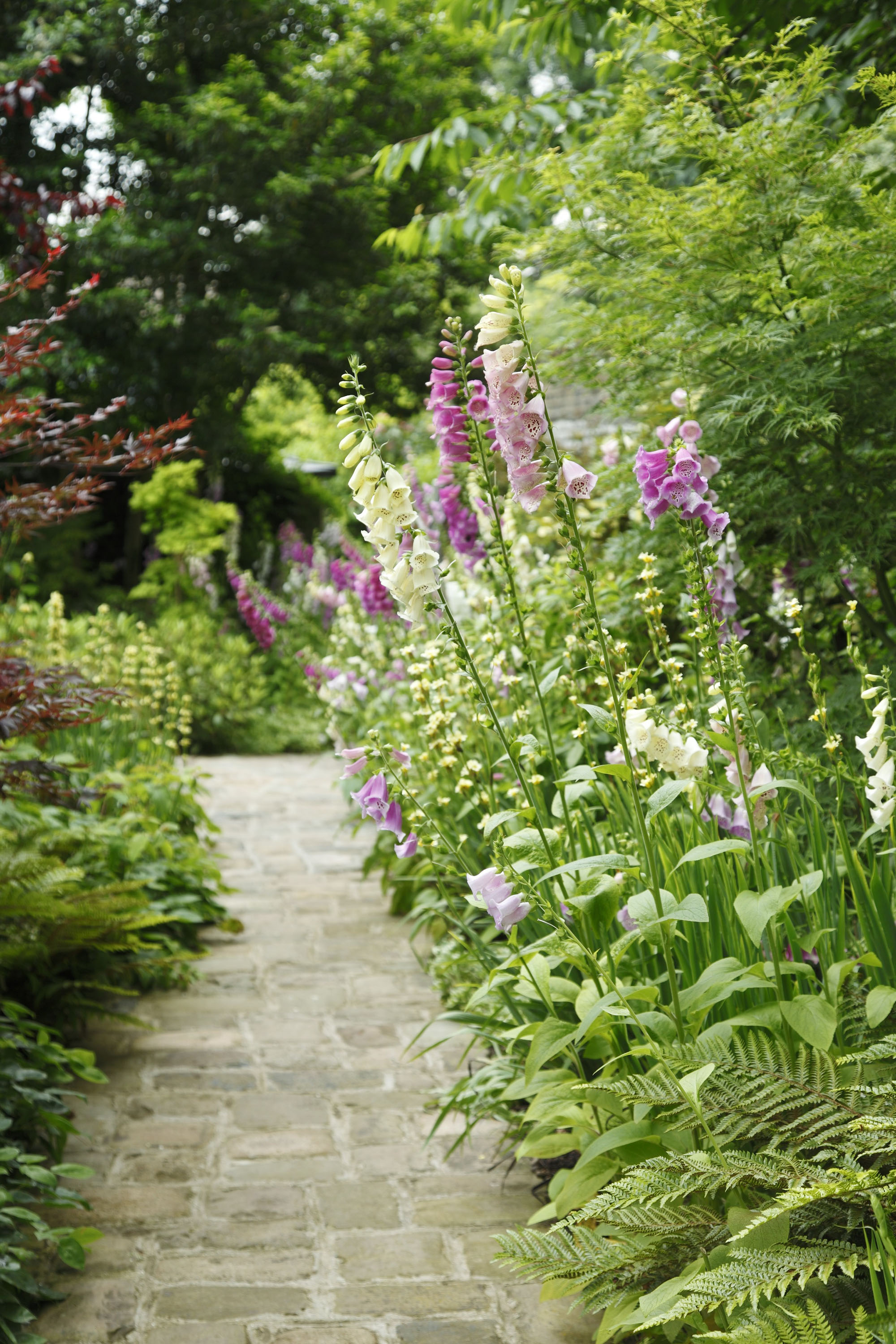
(Image credit: Annaik Guitteny)
You also need to work out whether your garden borders are in full sun, or in part or full shade (and if it's shady, whether it's dry shade or damp shade). This will have as much of an impact on the plants that will thrive there as the kind of soil you have. To be classed as being in 'full sun', a border needs to get more than six hours of direct sun every day in summer. 'Part shade' means between four and six hours of sun every day, while a 'shady' border is in sun for from zero to four hours a day.
Don't worry too much if you garden border gets limited sunshine, however. Our guide to the best shade-loving plants has plenty of suggestions for varieties that will thrive in these conditions.
3. Choose the best plants for your garden borders
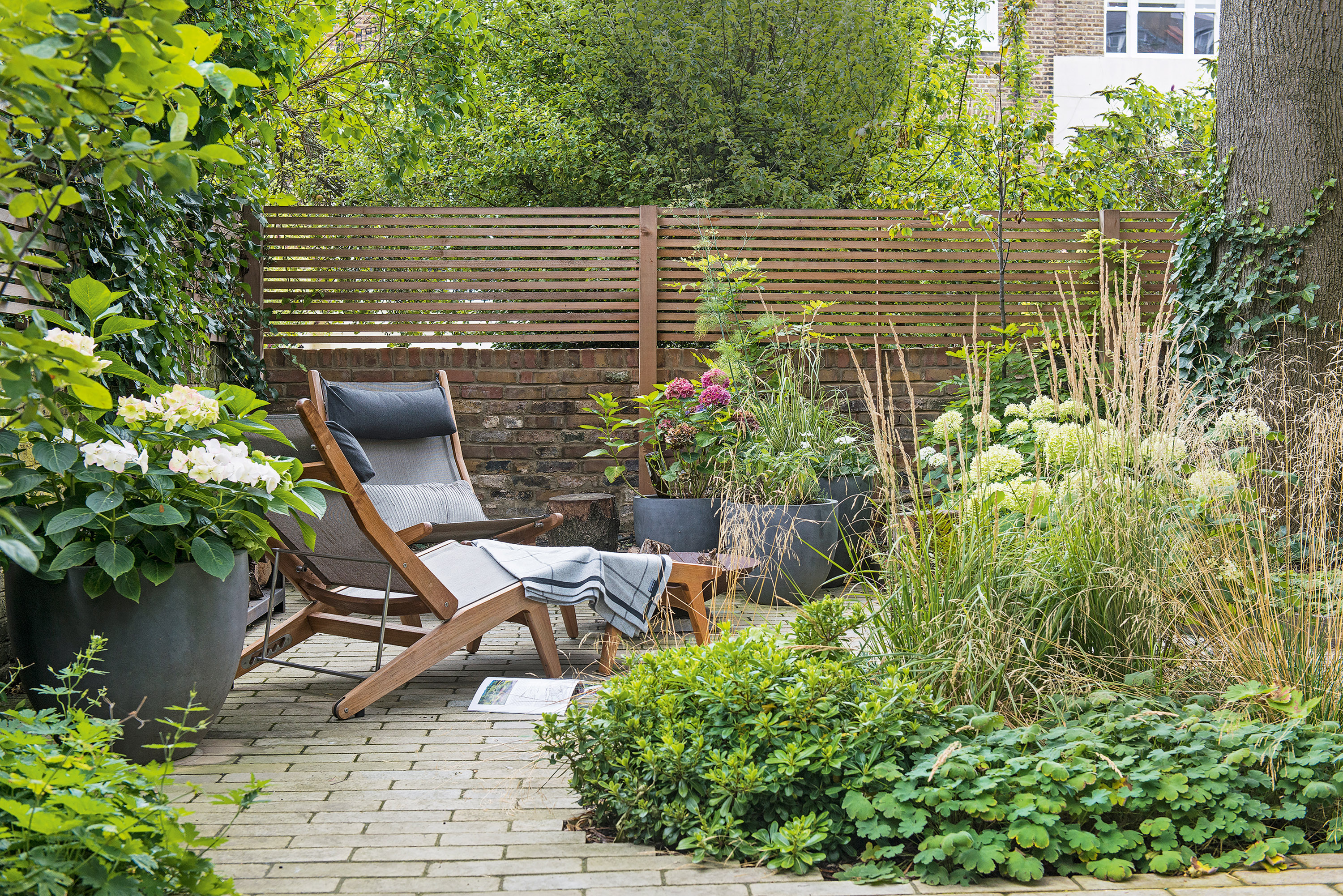
(Image credit: Colin Poole)
Now for the fun part! Once you know the soil and sun conditions you're dealing with, you can draw up a long-list of suitable plants. Use the information on plant labels, the internet, books and magazines to find out which plants are likely to work best for you, and if there are particular plants you already have your heart set on, research the conditions they like before you commit to including them. Think about how much time you have to spend on garden jobs too – if you're after low maintenance garden ideas you will want to pick easy-care plants.
Have a walk around your local area – plants that are thriving in your near-neighbors' gardens are also likely to be happy in yours. If you want to encourage plenty of pollinators into your garden, our feature on the best bee friendly plants will come in handy.
4. Pick a theme
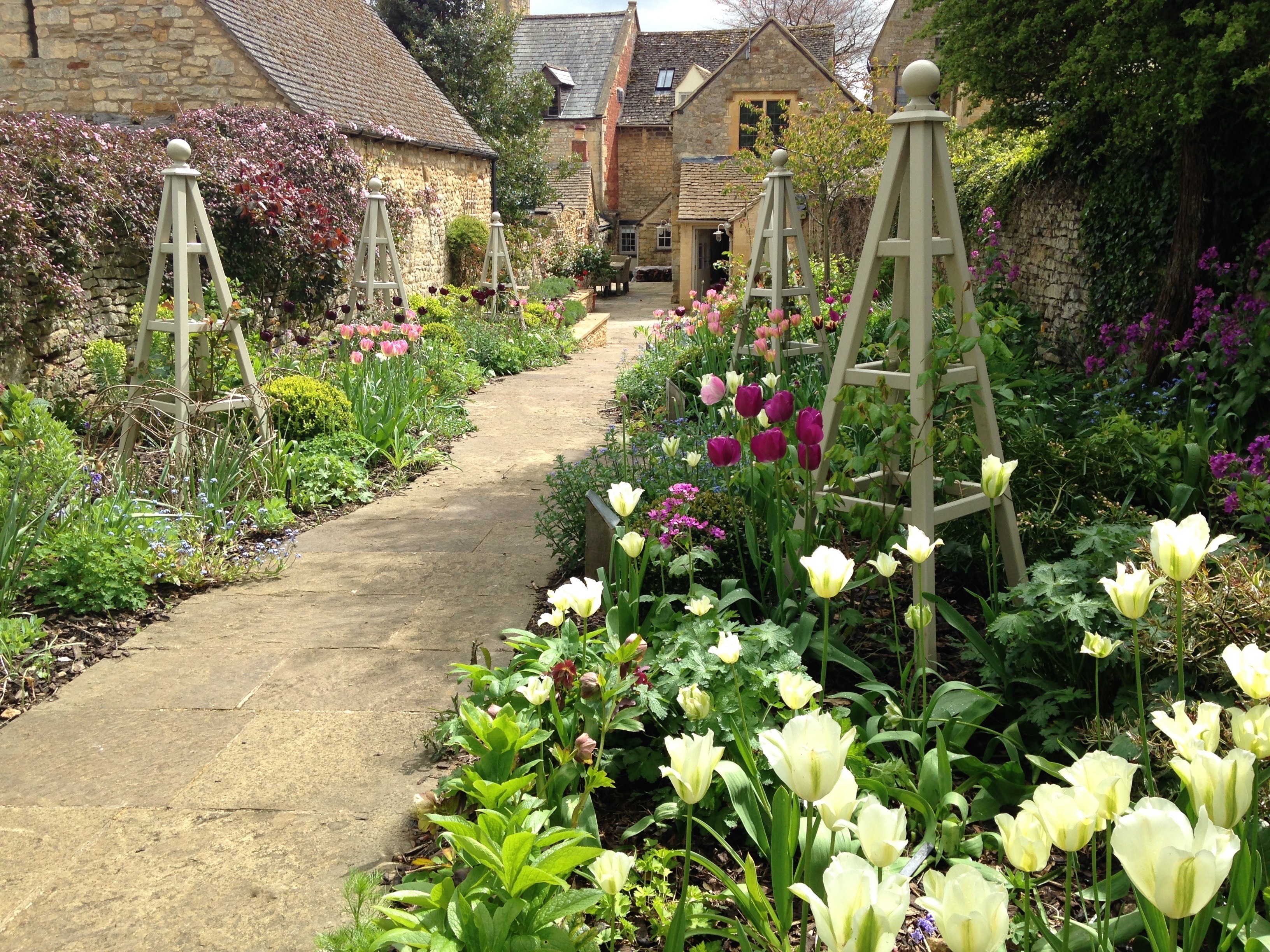
(Image credit: Wooden Obelisk Company)
If you already have a garden color scheme or style in mind, you've got a head-start. But, if you're undecided on the look and feel you want to go for, the ideal planting scheme will become easier to home in on once you've drawn up a list of potential candidates that will thrive in the conditions on offer.
5. Maximize the impact of your borders
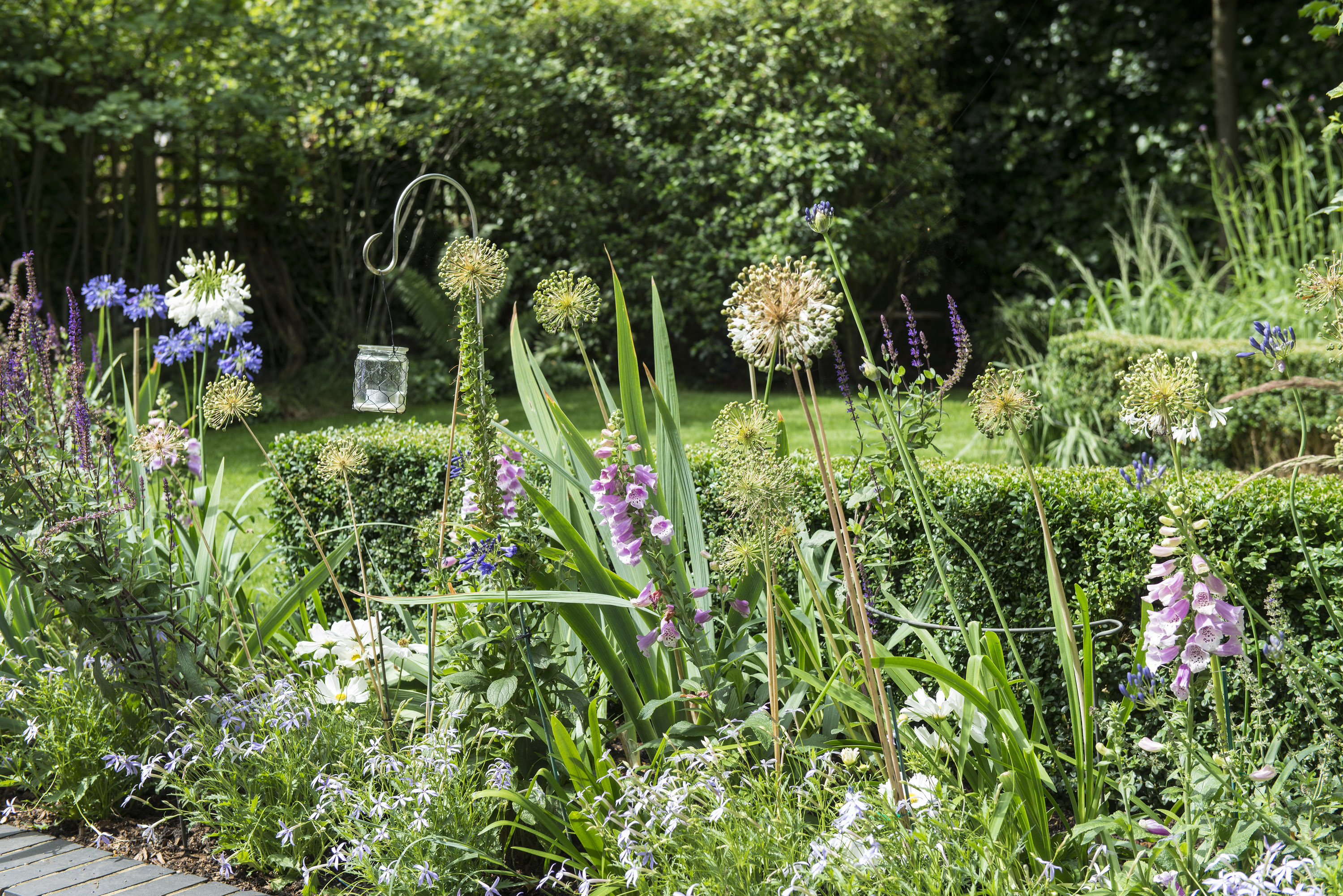
(Image credit: Colin Poole)
One or two plants that stand head and shoulders above the rest will draw the eye and give it somewhere to rest, making it easier to take in everything else. In larger borders, one or two of the best trees for small gardens can take on this role (crab apples, for example, which have a naturally attractive, open shape and lots of character). In smaller spaces, large shrubs or perennials, such as ornamental grasses or the taller varieties of salvia, are ideal. Gardening guru Monty Don is a huge fan of using salvias for show-stopping late summer displays.
To give the border a sense of rhythm and cohesion, tall grasses or shrubs such as wintersweet (Chimonanthus praecox) that flower in winter and then provide a great backdrop for other flowering plants in spring and summer can be repeated three or four times at intervals as punctuation. There's no need to relegate taller plants to the back of the border, especially if you choose those that have an overall 'see-through' character. Take lofty, airy Verbena bonariensis for example, or those that have clear stems – these too can act as punctuation points.
Remember that interest doesn't have to come just from color – texture and shape should play their part too. A combination of globes, spikes and flat umbellifers, all in shades of one color, can look amazing.
And, if you're looking for cheap garden ideas, then don't forget that growing from seed is often more affordable than buying plants. Our guide to the best budget plants is full of gorgeous choices.
6. Build up a pattern
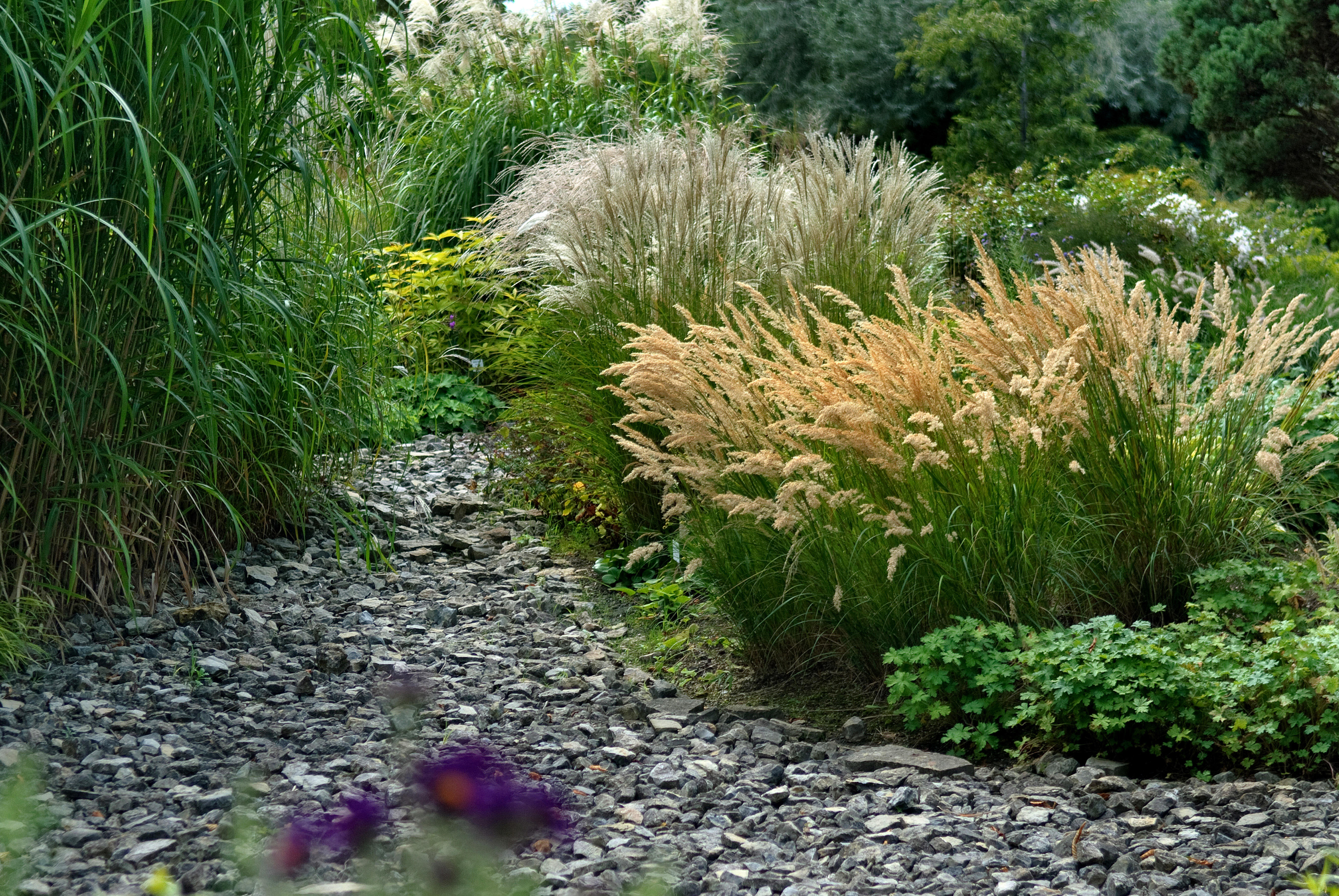
(Image credit: Alamy)
Once you've chosen your plants, having a clear planting plan from the start will produce a much better end result than randomly putting in plants wherever there's a gap. And, it's worth knowing a few tricks of the trade. For example, garden designers often get breathtaking results by grouping plants of the same variety in threes or fives, then using 'filler plants' to hold the groups together visually.
Then, to give your border a more relaxed, natural feel, it works well to offset a few single plants outside of these groups of three or five. You might, for example, have a swathe of persicaria in the center of the border and then weave in single persicaria plants on their own towards the back – the impression this gives is of them having self-sown there.
Airy grasses like deschampsia and molinia make perfect fillers and their veil-like, transparent quality makes them very versatile – our guide on how to grow ornamental grasses has all the tip you need to know. Or, you may prefer to employ the more solid shapes of evergreens as your fillers – the choice is yours.
7. Design the perfect backdrop
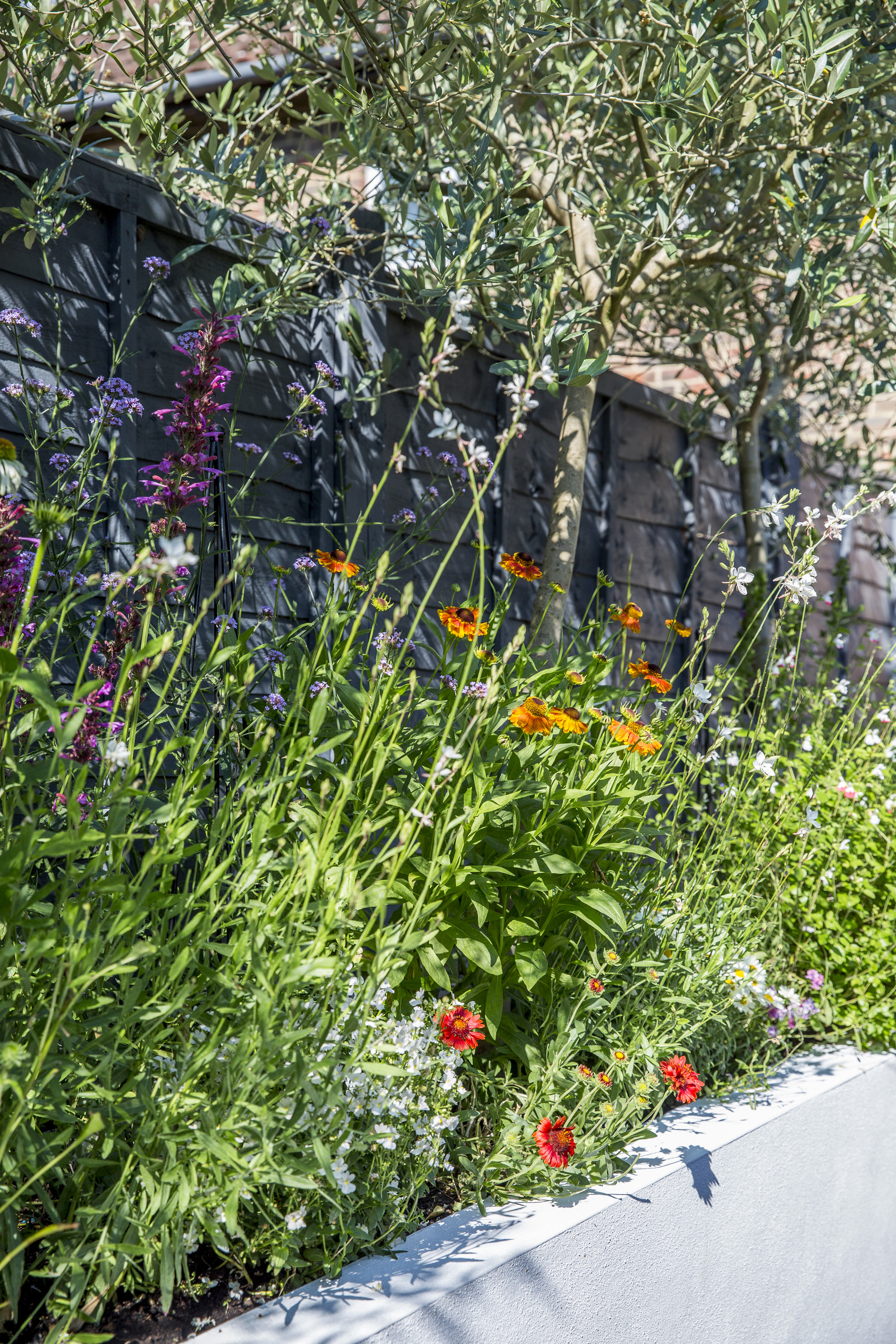
(Image credit: Lizzie Orme)
Most garden borders have a boundary wall or garden fence as their backdrop. And, as these are rarely things of beauty in their own right, you can help recede them from view by training climbers up and over them. Finding out how to grow clematis, honeysuckle and passionflower is a good idea if the boundary gets a reasonable amount of sun during the day.
Or, plant tall grasses, shrubs, or even a row of slender silver birches or pleached trees in front of them. Just be sure to keep anything you plant well watered until it's established, as walls and fences tend to create dry rain shadows.
We've got lots more ways to make the most of your garden boundaries with our features on garden wall ideas and garden fence ideas. And, if you're planning a larger makeover and want to know what to budget, our guide on how much does a garden designer cost is full of useful advice.
8. Keep the interest in your garden borders going all year
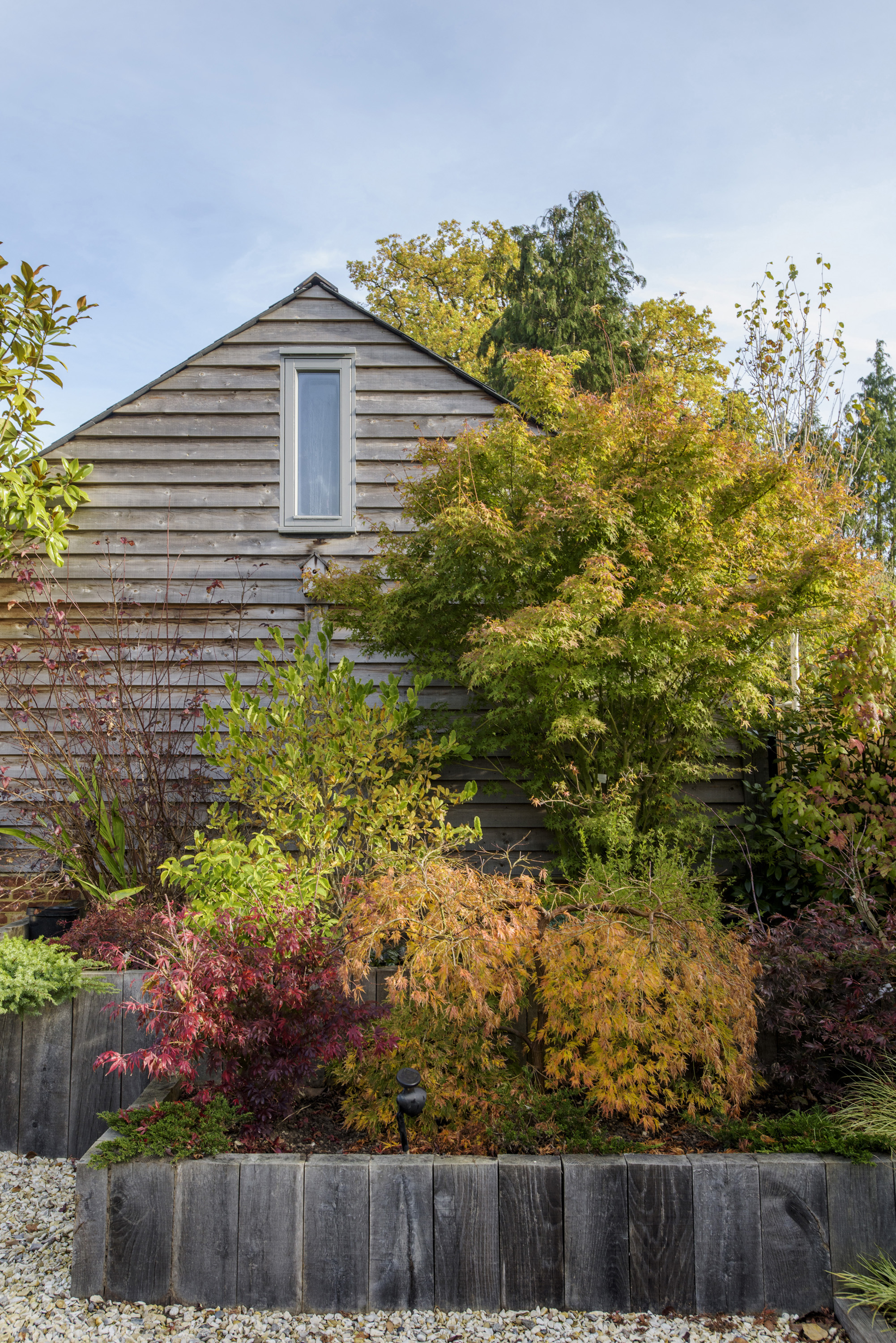
(Image credit: Polly Eltes)
Whenever you begin planning a garden border, it's easy to become obsessed with what's in flower at that point in time. But it pays to think more long-term and include a succession of seasonal stars so that there's always something flowering its socks off as spring turns to summer, summer to fall and fall to winter.
You need supporting acts for your seasonal divas too. So, add in a good proportion of plants that perform well over a long period of time, whether that's because they have an extended flowering season, or because their seed heads stay in place over winter, or just because they have good structure all year round. Take the tall, upright grass Calamagrostis 'Karl Foerster', for example.
If you plant a grass like this with veronicastrum, sanguisorba, and nepeta for summer and asters; rudbeckias and heleniums for later in the year; and then surround it with low-growing irises and primroses for spring, it will really earn its keep.
Our guide on how to grow acers also has lots of top tips for year-round color.
Top plants to try growing in your garden borders
By now your long-list of suitable plants will have started to be whittled down, and you should be well on the way to a definitive shopping list for a lovely new border. But if you're feeling overwhelmed by the choice, even once you've narrowed down the possibilities, here are some superstars to consider…
For full sun:
- Hemerocallis 'Stafford' – this red daylily works really well with other hot colors
- Sanguisorba officianalis has little small, button-like flowerheads on slim stems and creates a fabulous haze when planted in a swathe
- Echinops ritro has purple-blue, globe-like flowers that float above stiff stems
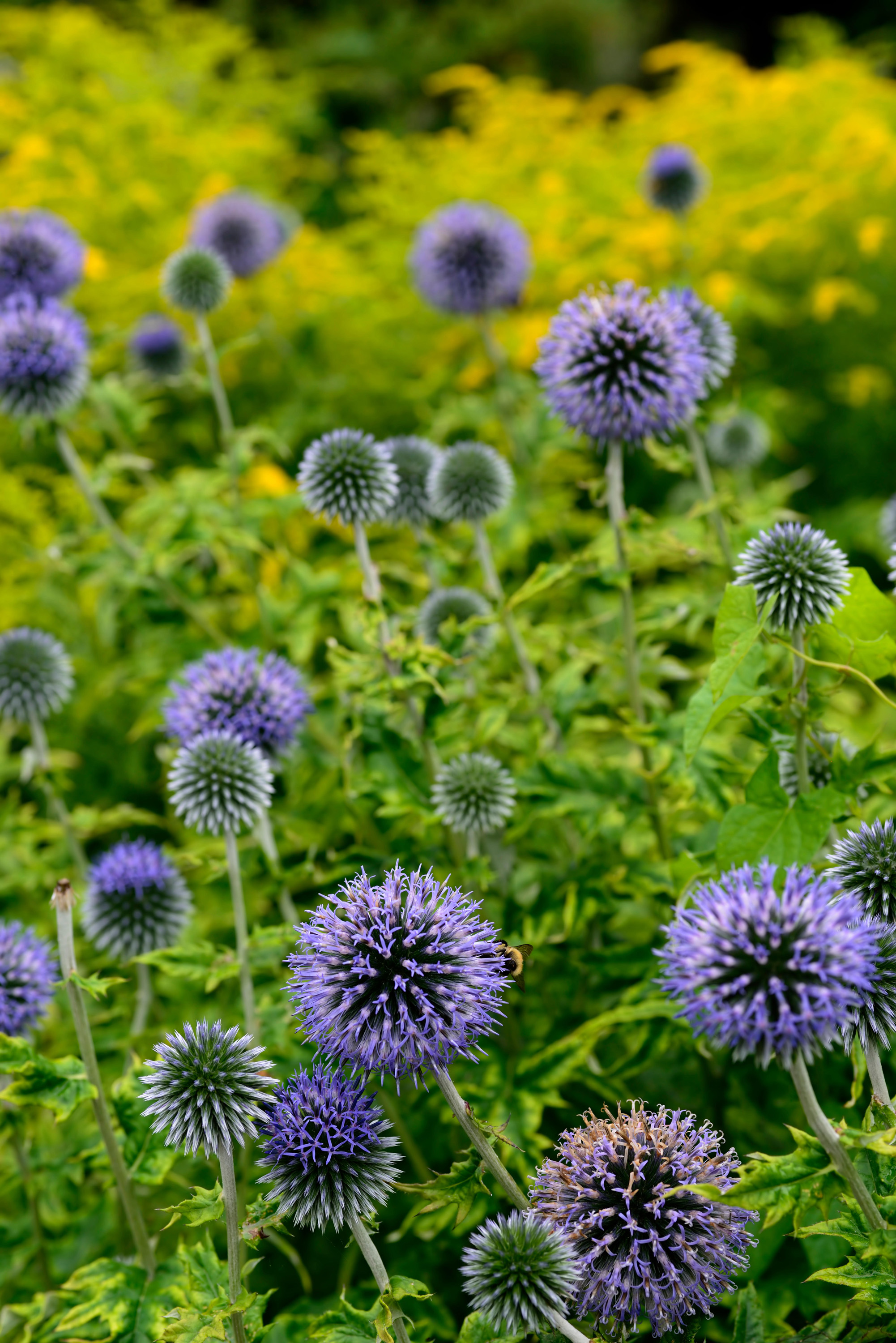
Echinops ritro works well in garden borders with full sun
(Image credit: Alamy)
For damp shade:
- Ferns like Dryopteris wallichiana and Asplenium scolopendrium make a lovely, lush backdrop for more floriferous plants. Our guide on how to grow ferns is well worth checking out if you'd like to have your own.
- Aralia cordata is a beautiful foliage plant that has a wonderful, quiet presence in a border
- Actaeas grow to around 1.5 metres and make great accent plants
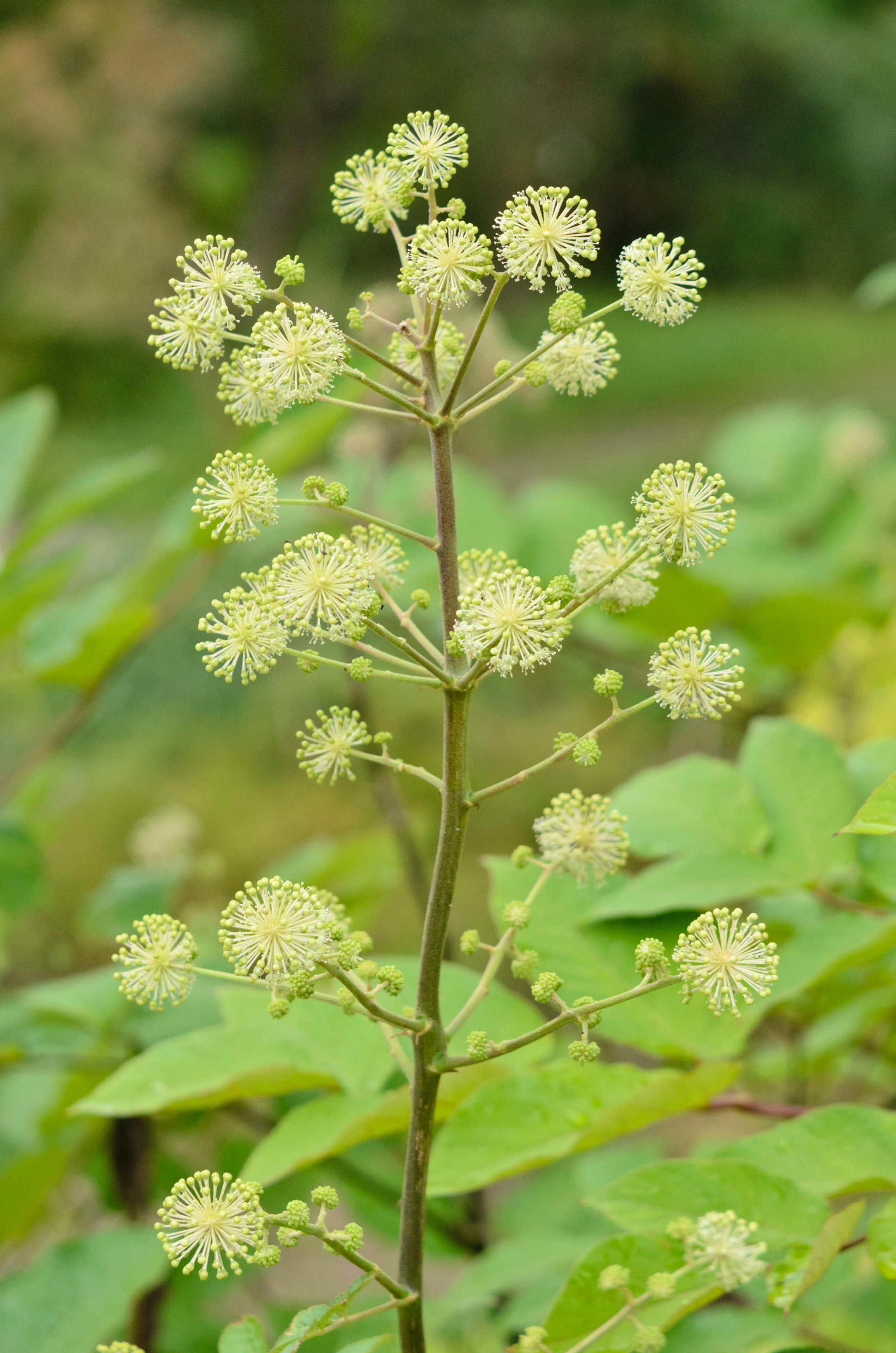
A good choice for garden borders with damp shade is Japanese spikenard (Aralia cordata)
(Image credit: Alamy)
For dry shade:
- Geranium nodosum, with its pretty, pale lilac-blue flowers, makes a good filler plant at the front of a border
- Anemone x hybrida 'Honorine Jobert' looks great planted in pockets and adds height and movement
- Liriope muscari – the lily turf has lovely strappy evergreen leaves and spires of purple flowers in autumn
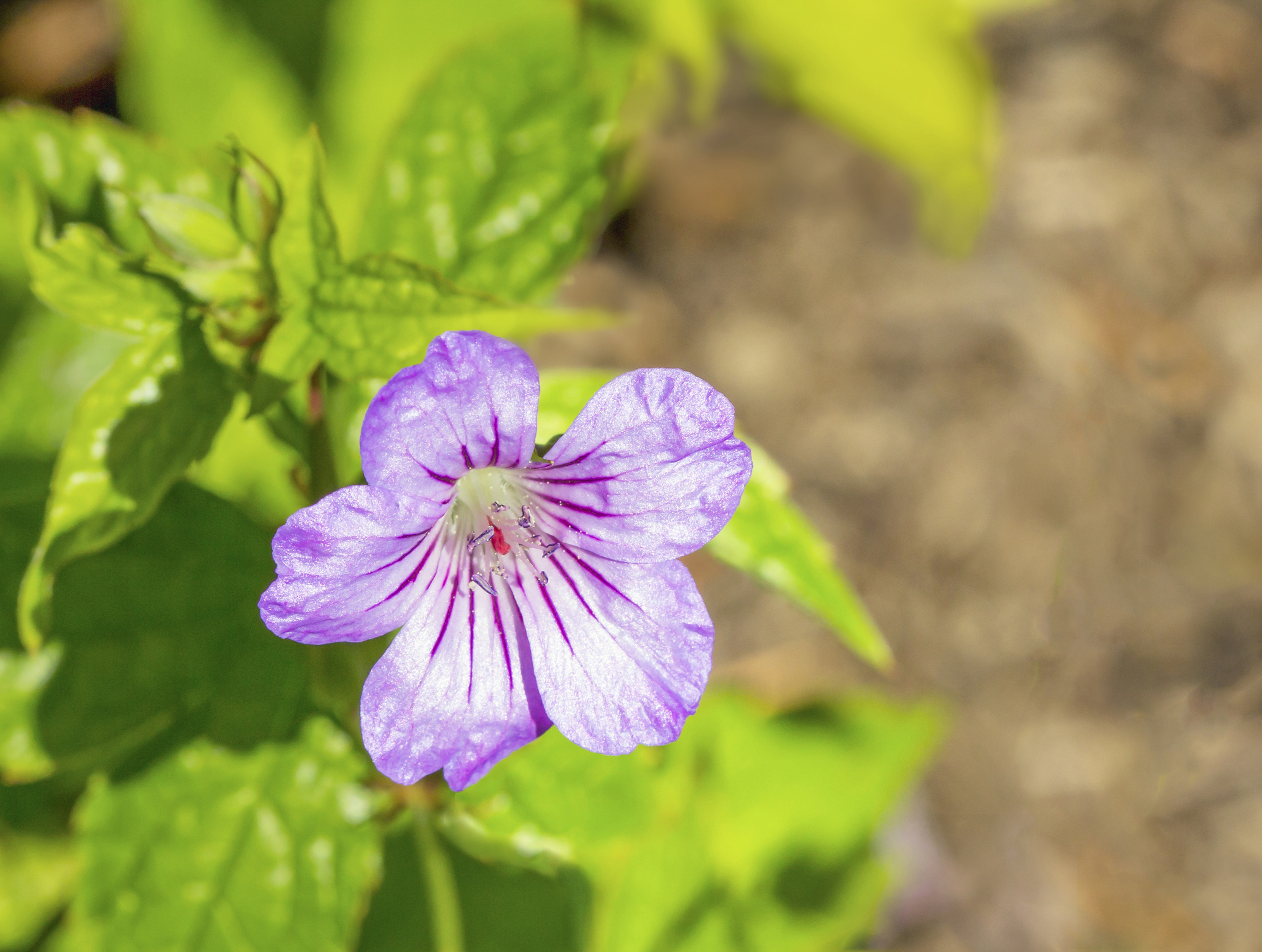
Go for geranium nodosum at the front of a garden border in dry shade
(Image credit: Getty)

Sarah is a freelance journalist and is lucky to be able to write about her two main passions: gardening and food. Ten years ago she moved from a house with a tiny town garden to a much bigger space in the country and since then she's slowly been putting into practice all the garden design ideas she's been mulling over for years. Trouble is, as soon as she's got the garden looking how she thinks she wants it, she decides to start on a new project so it's a constant 'work in progress'. She took on an allotment last year too, and is really loving growing all her own fruit and veg then bringing it home to try out in new recipes for her food and gardening blog, A Cook's Plot.
How To Plan A Flower Shrub Garden Mn
Source: https://www.gardeningetc.com/advice/guide-to-garden-borders
Posted by: cartertherly.blogspot.com

0 Response to "How To Plan A Flower Shrub Garden Mn"
Post a Comment